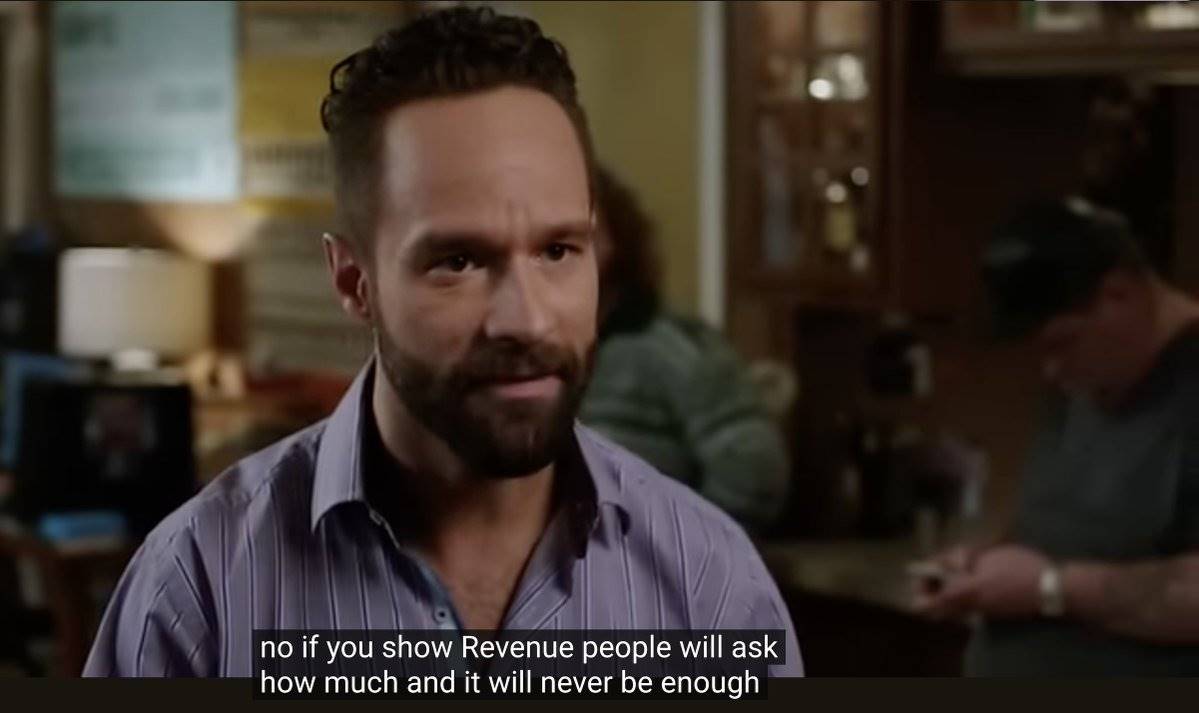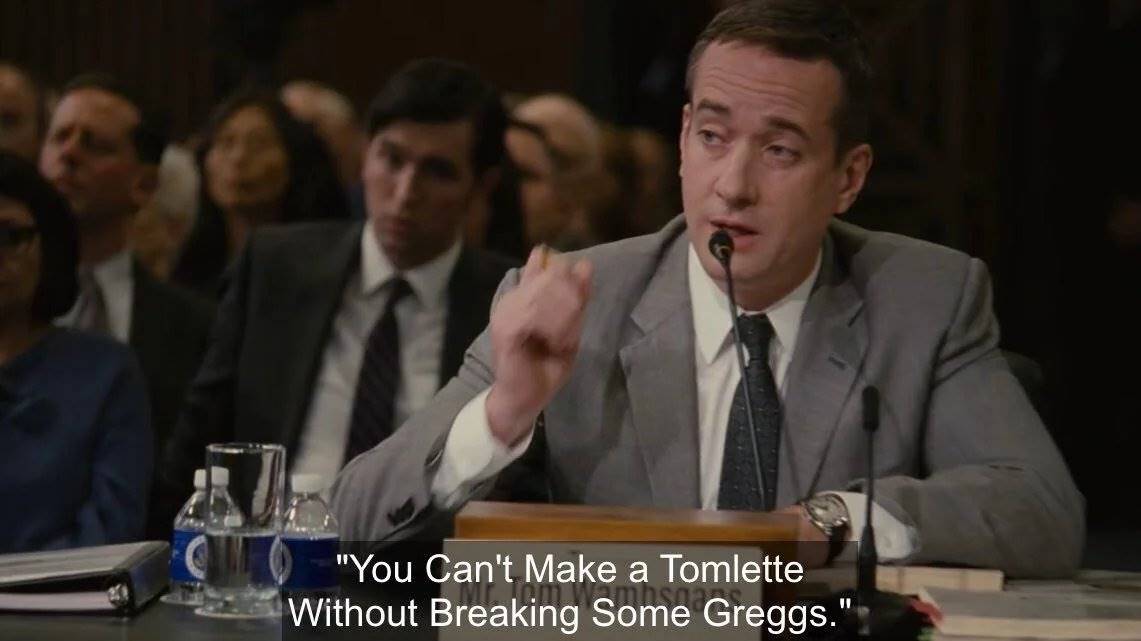The game is not out of control; it is just being played "perfectly."
Author: rosie
Translation: Deep Tide TechFlow
Have you noticed that projects in the crypto space that easily raise millions often rely solely on a beautifully designed website?
This is not luck, nor is it entirely a scam (well, sometimes it might be). It is actually a result of game theory.
Do you remember that classic scene in "Silicon Valley"? Companies without revenue are often valued higher than those that are actually making money. Venture capitalists explain:
"If you show revenue, people will ask 'How much?' and the answer will never satisfy them. But if you have no revenue, people can imagine infinite revenue."

Reality Limits Valuation
When you have a functioning product, you have to face an uncomfortable thing: reality.
Reality means:
Actual user numbers (usually disappointing)
Real technical limitations (always disappointing)
Incontrovertible quantifiable metrics (potentially devastating)
But what if it’s just a white paper project? Its potential value is only limited by your imagination and the gullibility of your target audience.
This creates a strange phenomenon: actually building something tangible can lead to market punishment.
Perfect Information Game
The core of game theory is that people act based on the information they know and their own interests.
In the financing game of the crypto space, we have:
Founders (who know everything)
Venture capitalists (who know some things)
Ordinary investors (who know almost nothing)
If you are a founder without a product, your winning strategy is obvious:
Keep everything vague but exciting
Talk about potential, not reality
Create "fear of missing out" (FOMO) through various means
The vaguer it is, the harder it is for others to refute you; the fewer features there are, the less chance of failure.
Why Is No One Asking for Better Standards?
In game theory, there is a famous scenario called the prisoner's dilemma, which illustrates why people make choices that harm everyone.
The way crypto investment works is similar:
If everyone demanded that projects must have actual products before investing, the market would be healthier.
But anyone who waits might miss out on early lucrative returns. The earliest investors often make the most— even if the project ultimately fails.
Therefore, for each individual investor, the smartest choice is to "ape in" early based on promises, but this leads to a foolish overall outcome: rewarding the false rather than the substantive.

Selling Dreams vs. Facing Reality
A project supported only by Medium articles can claim it will completely disrupt everything and capture trillions in value.
Meanwhile, a project with actual code must face the following questions:
How many actual users do they have?
What can the technology really do, and what can it not do?
Why are they being surpassed by competitors?
This leads to what I call the "Bullshit Premium"—the extra valuation that comes from being completely unbound by reality.
Achieving Synergy Through Hype
When no one can judge which projects are high quality, everyone looks for the same signals:
Which influencers or celebrities are talking about the project?
Which exchanges have listed its tokens?
How quickly is the token price rising?
Projects without actual products can allocate all resources to creating these signals rather than genuinely developing products.
The less budget developers have, the more marketing budget there is. And in the crypto space, marketing always trumps development.
Real Case: "All-Star" Projects Without Products
The crypto space is filled with white paper projects worth billions, and their fates perfectly validate the above theory:

Berachain: Built one of the most fervent communities in the crypto space without launching a mainnet, achieving a valuation of billions. This proves that in the crypto space, the less real the product, the more people can project their dreams onto it.
Aptos: Raised $350 million for a blockchain claiming to achieve "162,000 transactions per second" (TPS), but its actual performance at launch was only 4 transactions per second. The less evidence required for technical promises, the higher the funding amount.
Worldcoin: Proposed the idea of "exchanging your biometric data for tokens," which surprisingly sounded attractive to venture capitalists, ultimately attracting billions in investment.
These examples share a commonality: the more abstract the promise or the more complex the technology, the more funds are raised, but the eventual collapse is also more catastrophic.
Why This Phenomenon Won't Stop
The logical solution should be for investors to demand that projects provide actual usable products.
But game theory tells us this won't happen for the following reasons:
FOMO (Fear of Missing Out) is real: Early investors make the most, and this pressure forces people to invest before verifying the project.
Inability to verify promises: Most investors lack the technical ability to assess whether a project can deliver on its promises.
Fund managers don't care: Their returns are based on quarterly earnings, not long-term success.
Everyone's incentives are distorted: Choices that benefit individuals are harmful to the overall market.
This is why projects without products raise more funds than those genuinely developing useful things.
The game is not out of control; it is just being played "perfectly."
This article is purely a financial commentary and does not constitute investment advice. I'm just enjoying it! :)
免责声明:本文章仅代表作者个人观点,不代表本平台的立场和观点。本文章仅供信息分享,不构成对任何人的任何投资建议。用户与作者之间的任何争议,与本平台无关。如网页中刊载的文章或图片涉及侵权,请提供相关的权利证明和身份证明发送邮件到support@aicoin.com,本平台相关工作人员将会进行核查。




